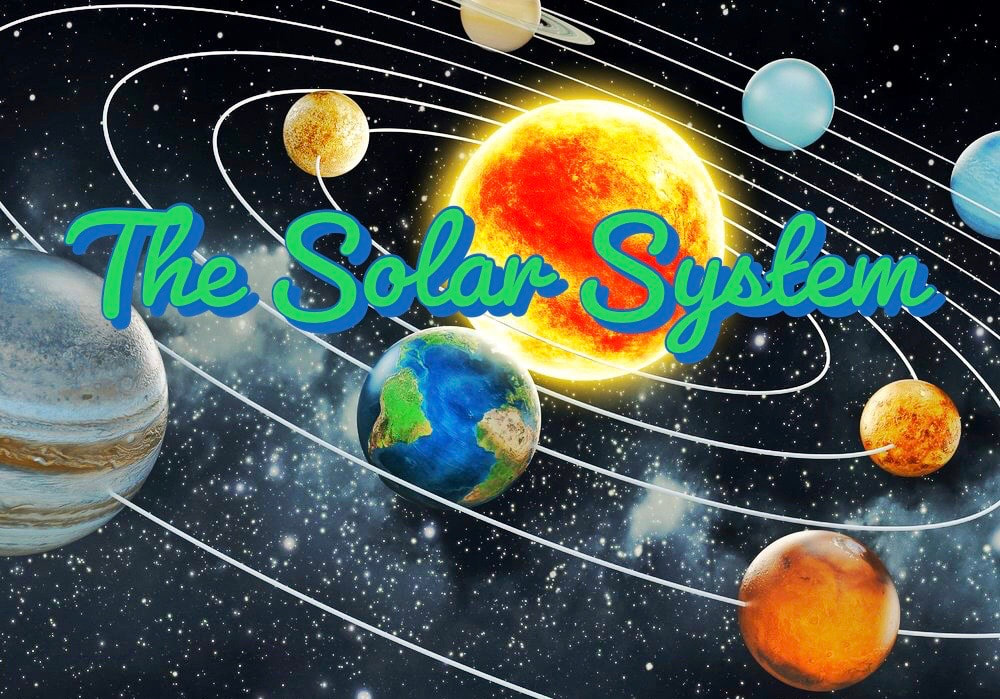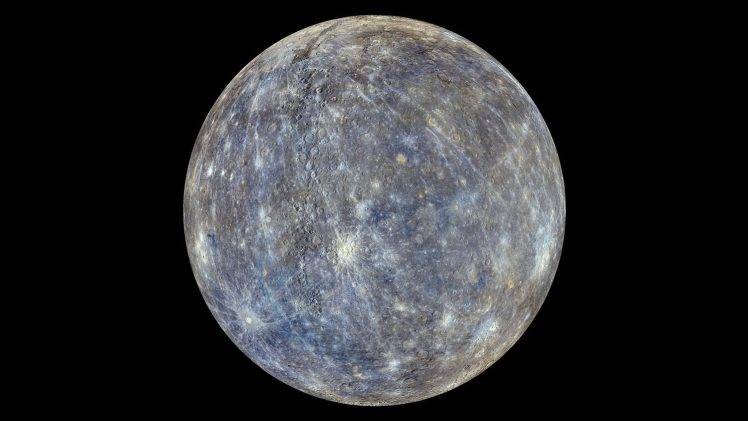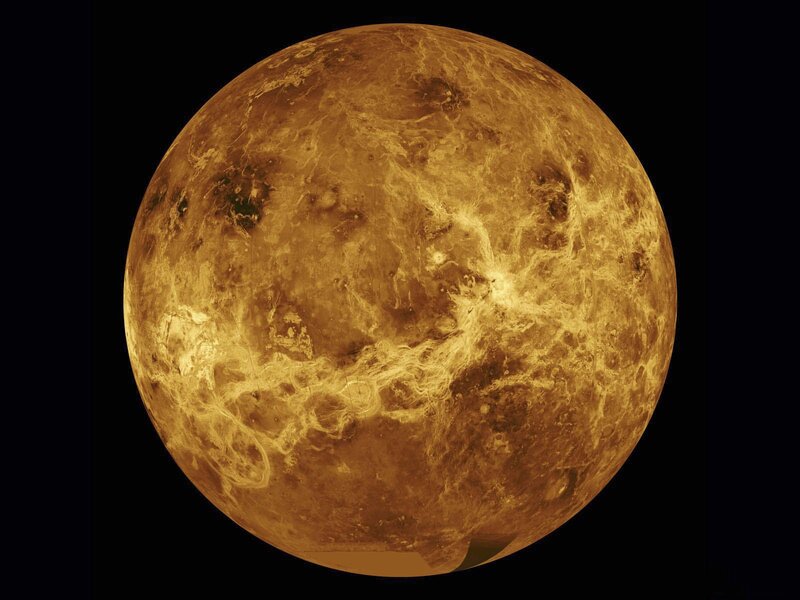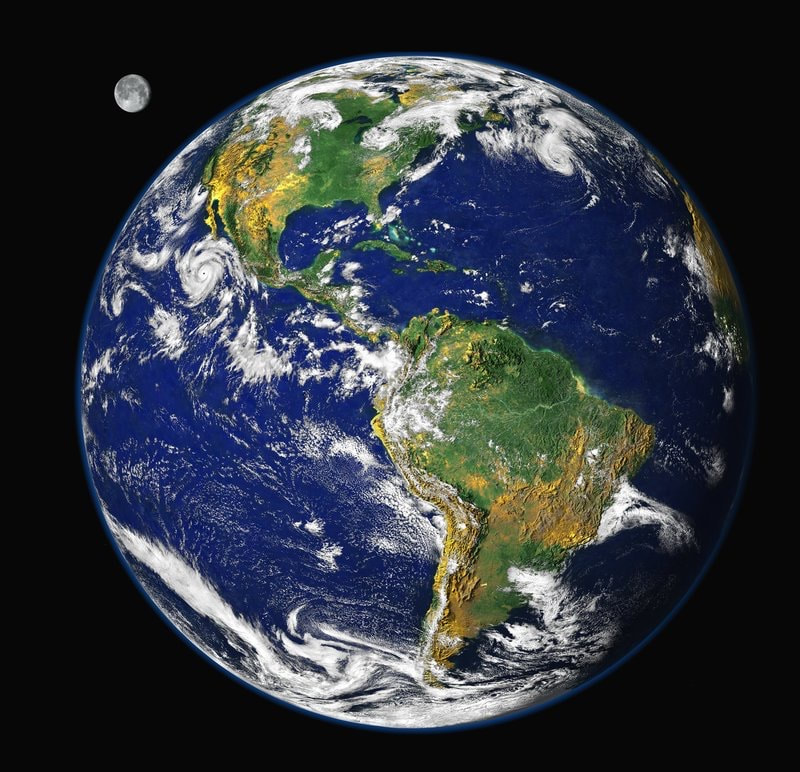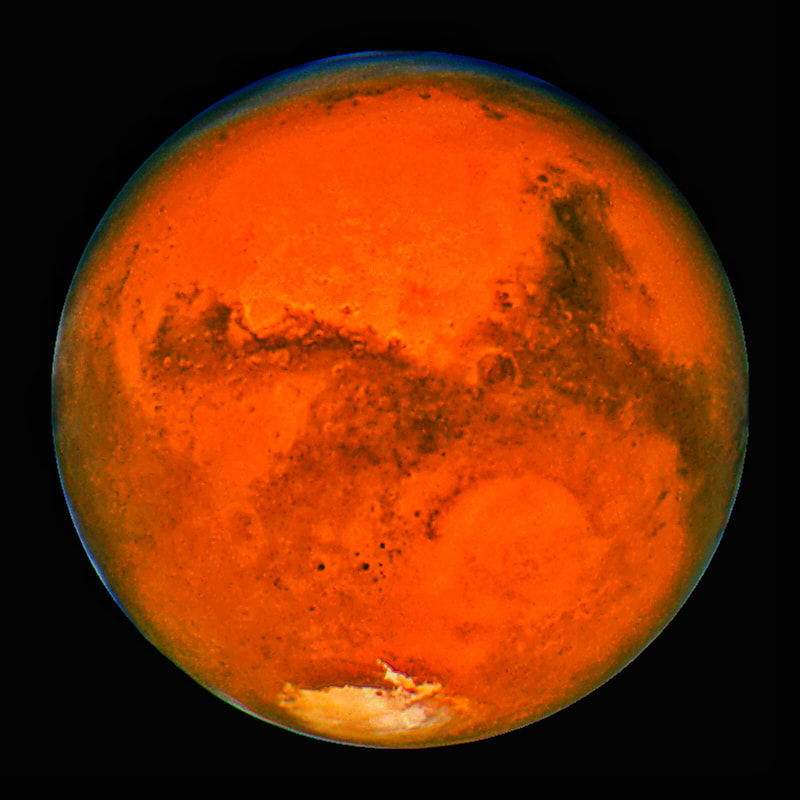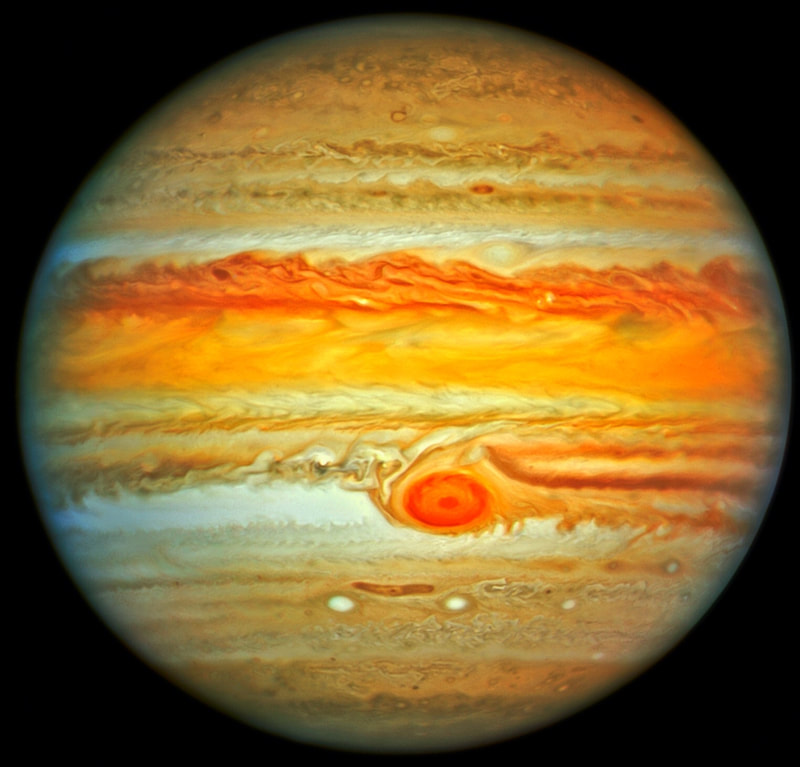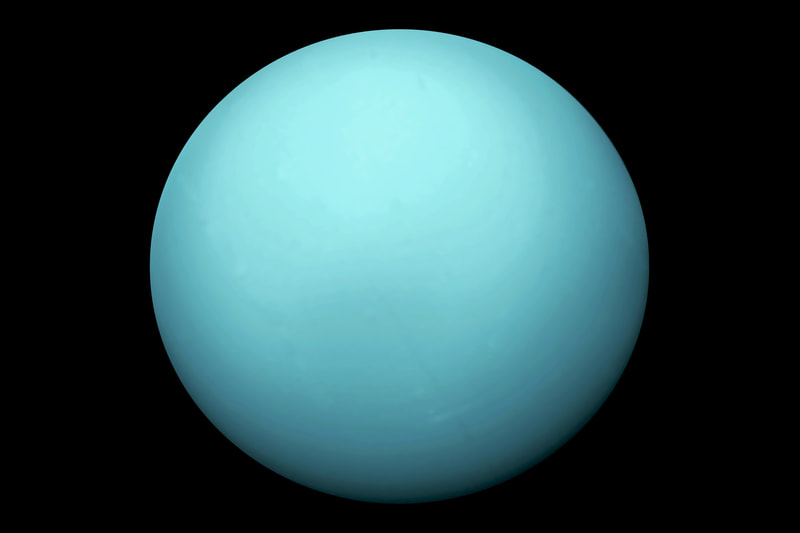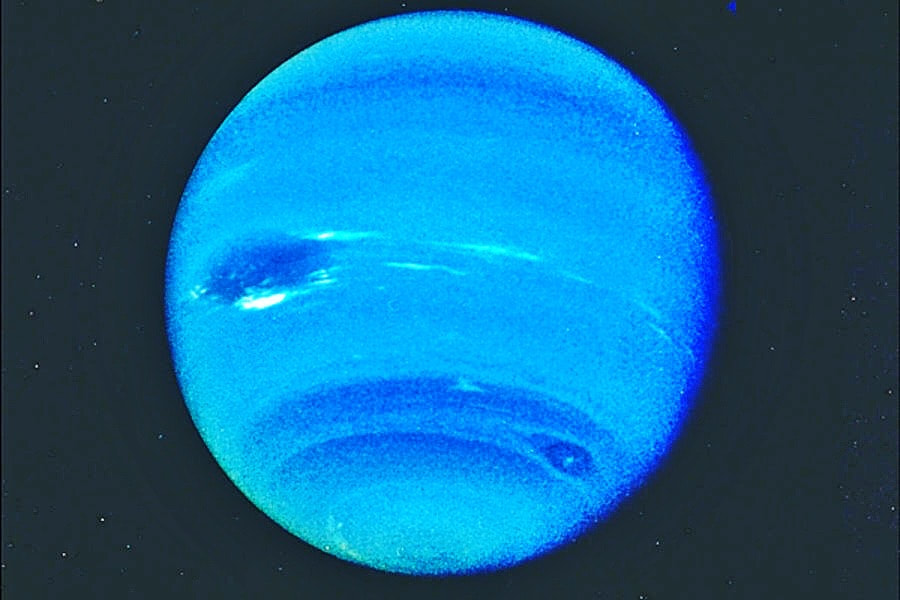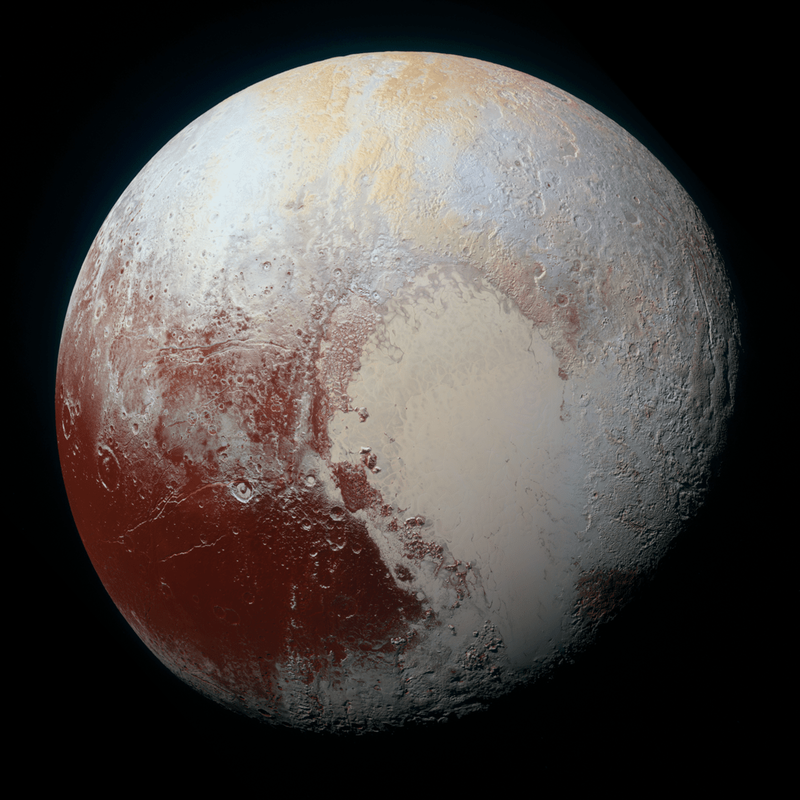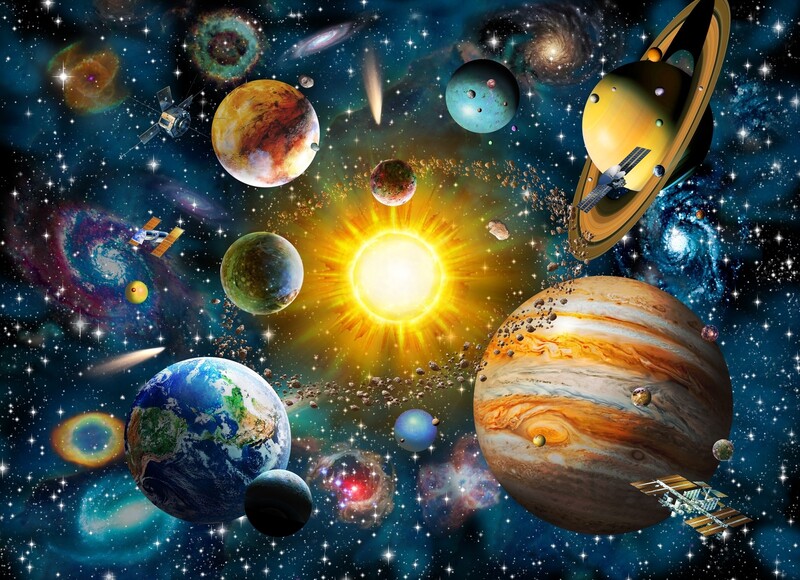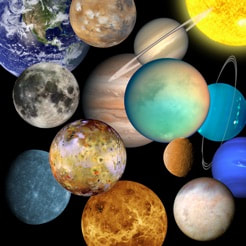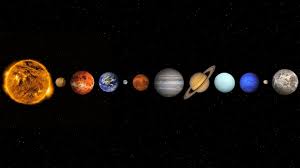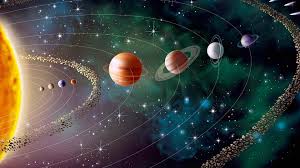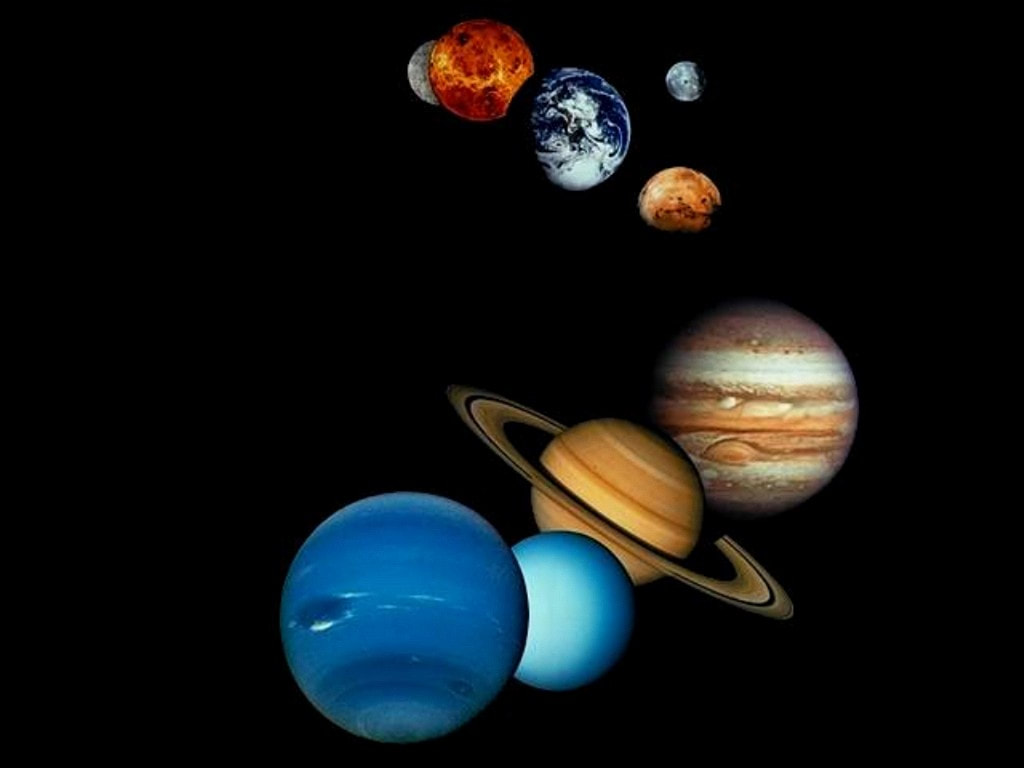|
Introduction
The Solar System is system of Planets, Asteroids, Moons, and more orbiting the Sun. There are many like ours, however, this discussion will be on our own for the most part. The planetary order traditionally goes Mercury, Venus, Earth, Mars, Jupiter, Saturn, Uranus, Neptune & Pluto. Various planets have moons like Jupiter & Earth. Mars and Jupiter are separated by a colossal ring of rocks known as The Asteroid belt. Pluto has been classified as a dwarf planet, due to its small size and other factors. The Solar System is surrounded by a huge cluster of space dust known as the Oort Cloud. The Universe is vast and complex but that does not mean that The Solar System is small and simplistic. The Solar System itself has many unique things about it. It is worth exploring. The Age of The Solar System The Solar System is 4.571 Billion years old. The Universe, for scale, is only a little over three times the age of The Solar System. The Solar System is old, but it has a long way to go, for a star can live to be older than the universe currently is; 15 billion years (The Universe is 13.8 Billion Years old). Plus when a Sun-Like Star dies, a planetary nebula is born, this means in theory that The Solar System could be around indefinitely, except it wouldn't be a solar system but just a planetary system since there is not a star present. The Sun The Sun is 4.603 Billion Years old, older than The Solar System. This only makes sense since you need a Star in order for there to be a solar system. The Sun is the center of The Solar System. Everything in The Solar System revolves around The Sun, Heliocentric. It's the big boss & what it says, goes. Without The Sun, life on Earth, could not exist. A lot of the material in The Solar System comes from The Sun. In a way, The Sun is The Solar System. Mercury Mercury, the planet not the element, is 4.503 Billion Years Old. It is the closest to The Sun and has the fastest revolution around The Sun compared to all the other planets in The Solar System. It takes 87.97 Earth Days to make a complete orbit around The Sun. This is about Three Earth Months. Venus Venus is also 4.503 Billion Years Old. Venus is the hottest planet in The Solar System, due to its atmosphere, with an average temperature of a whooping 462 Degrees Celsius or 864 Degrees Fahrenheit. That'll burn the cookies in the oven and the house too. Earth Earth is 4.543 Billion Years Old. Older than both Mercury and Venus. Earth is the only known planet that supports life in Today's World. This is unique not just in The Solar System, but in The Whole Universe as far as we known now. Mars Mars is 4.603 Billion Years Old. Mars is a red planet and is believed to have once been a habitat for life itself. However, Today there is no life on Mars. One day it is believe that Mars will have life once more. Jupiter Jupiter is 4.503 Billion Years Old like Mercury and Venus. Jupiter is the largest of all the planets and can fit 1300 Earths inside it's boundaries. Jupiter is a planet made of gas and it is unknown if it has a solid core or not. So far Jupiter has 79 known Moons orbiting it while the Earth has one. Saturn Saturn is 4.503 Billion Years Old just like Jupiter, Mercury and Venus. Saturn is a gas giant like Jupiter. Saturn has gigantic rings orbiting it. Uranus Uranus is 4.503 Billion Years Old just like Jupiter, Mercury, Venus and Saturn. Uranus is a gas giant like Jupiter and Saturn. Uranus is tilted to where it's poles are East and West. Uranus has rings like Saturn but unlike Saturn's near Horizontal rings, Uranus's rings are vertical. Neptune Neptune is 4.503 Billion Years Old just like Jupiter, Venus, Saturn, Mercury and Uranus. Neptune is an ice giant. Neptune is a deep blue like the deep blue sea the Roman god Neptune who it was named after swam in. Pluto Pluto is 4.46 to 4.6 Billion years old. Pluto is the smallest planet in The Solar System. So small that it has been classified as a dwarf planet. Pluto has five moons. Pluto is the coldest planet with an average temperature of Negative 229 degrees Celsius or Negative 380 degrees fahrenheit; perfect place to store food, of course if you are willing to travel 2.66 Billion Miles to 4.67 Billion Miles to get to it. Conclusion The Universe is vast and has maybe unique phenomenons in it. The Solar System, yet small in scope to The Universe, has its own unique things about it that makes it worth exploring and studying for many eons to come.
0 Comments
Leave a Reply. |
About'Astronomy' page explores aspects of Astronomy, Philosophy, Spacelore and other topics about The Universe! Categories
All
Search
|
